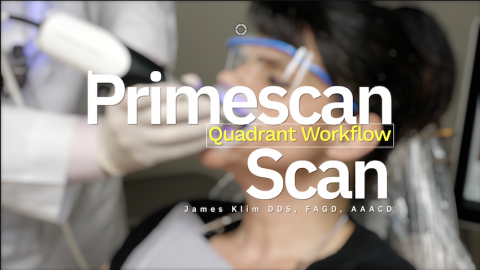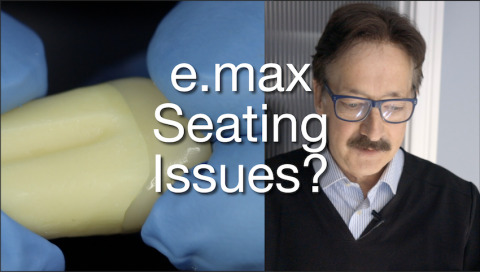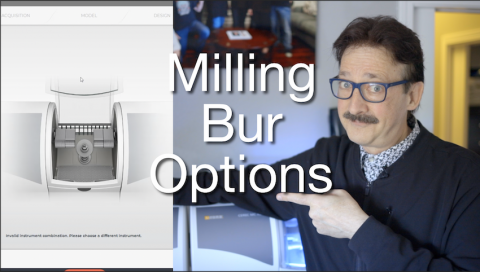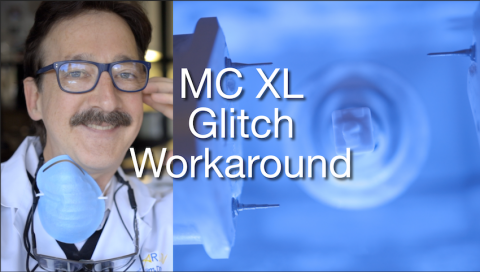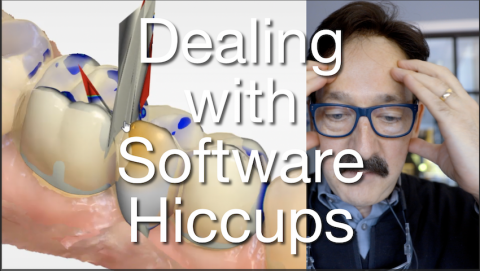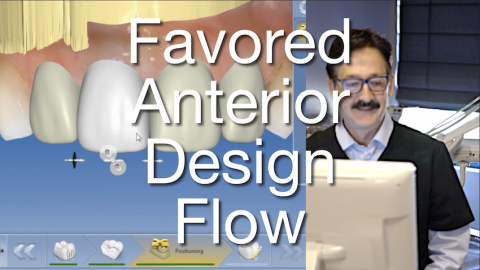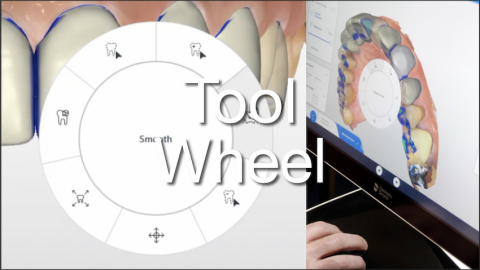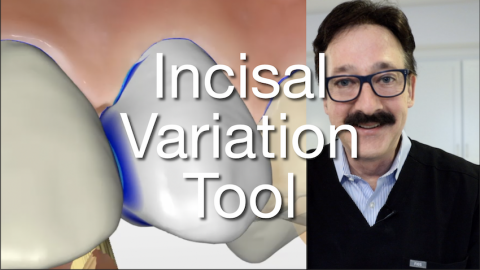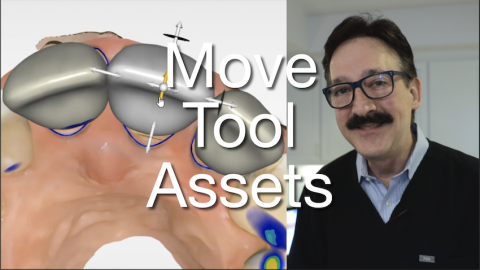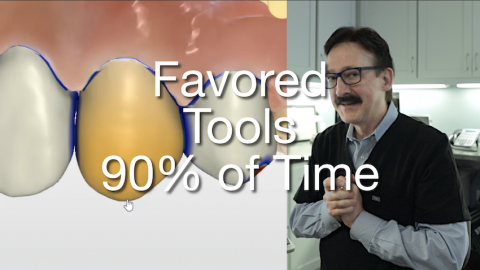There are several steps when working through the Acquisition Screen that will assure ideally mounted virtual models and save clinical time through the model and design phase screens. This video will walk through the steps I use on a routine basis in my clinical theater for managing my Primescan Acquisition phase. This is the same workflow used for Omnicam last few software versions (4.52 and 4.61).
Submitted by James Klim DDS, CADStar host on 09/29/2019 - 7:57pm
Submitted by James Klim DDS, CADStar host on 09/16/2019 - 10:13pm
Here is a question I often hear, "how do I deal with e.max binding after crystallization"? I have seen this issue discussed in several FaceBook group threads. This video will share my take on this issue and provide a few pointers on how to deal with the e.max binding issue if that is happening in your clinical theater.
Submitted by James Klim DDS, CADStar host on 08/30/2019 - 4:44pm
Just taught a class with one of the attendees who has had the CEREC for several months say he is achieving incredible margin mills as good or better than what he received from his lab. So how do we achieve milled margins that are smooth without micro-chips, particularly on e.max? Can we mill feather margins without micro-chipping? Oh yes, we can! In this video, Dr. Klim will review the strategy behind milling seamless margins, even thin feather margins with NO CHIPPING.
Submitted by James Klim DDS, CADStar host on 08/21/2019 - 9:18pm
I don't see too many MC XL CEREC tower communication glitches. But it did happen today with the last patient of the day! I heard the milling unit spinning without the familiar bur-on-porcelain sound. I have experienced this more since going to RF connection from WiFi. Fortunately, I have a second milling unit and proceeded with a normal mill while the first milling unit struggled. After 30 minutes we aborted the mill. So what is the solution if your office only has one milling unit when communicational glitch occur?
Submitted by James Klim DDS, CADStar host on 07/22/2019 - 10:12pm
Sometimes it happens, software crash! These are issues we occasionally need to work through, particularly with new equipment or software rollouts. There is no exception for Primescan. This video is about one of those incidents. I really had to go after due diligence to save the case. Fortunately, when I do a CEREC workflow with multiple units or that is unique, I have a habit of saving the case (Save AS) before starting the software design flow. Having more than one file for a case can save the day!
Submitted by James Klim DDS, CADStar host on 07/21/2019 - 1:29pm
Since the CEREC 3.85 software version, BioCopy anteriorly has not been smooth as I would like to see it!!!. When BioCopy is proposed, often the proximal and cervical zones are concaved and require virtual wax modifications to get the case ready for the mill. The primary reason I prefer BioCopy is to go into the case preplanned for closing the emotional side of the case (emotional closure) and having a preparation guide. BioCopy is a natural flow for design having already closed the case with a mockup or transitional (provisionals).
BioCopy has been one of the greatest advantages using a digital platform; precisely reproducing
Submitted by James Klim DDS, CADStar host on 07/09/2019 - 6:58am
Submitted by James Klim DDS, CADStar host on 07/07/2019 - 1:30pm
The Incisal Variation tool provides the finishing touch and last tool application right before milling anterior restorations. I really like this tool! Understanding the principles behind the primary, secondary, and tertiary labial anatomy will help when applying this tool. This feature of the software will initiate the primary labial contours. Let find out how the Incisal Variation tool works! This video is applicable to 5.0, 4.5, and 4.6 software.
Submitted by James Klim DDS, CADStar host on 07/07/2019 - 9:48am
When I use the Move Tool assets (Position and Scale), it is usually in the Adjust Morphology BioJaw feature of the CEREC software. The Move Tool is the tool featured in the inLab digital wax-up software. The main difference between inLab and the chairside CEREC software for digital waxing is that the inLab provides virtual seating of the designed restorations that can then be exported as an STL file for printing a prototype study model. This videos will demonstrate the indications when to use the CEREC chairside Move Tools. Design principles apply for the CEREC 5.0, 4.5, and 4.6 software versions.
Submitted by James Klim DDS, CADStar host on 07/05/2019 - 12:54pm
Design speed is about systematic design steps taken and applying the best tool actions when needed. This video will convey my favored design tools used 90% of the time in my design theater. One of them is the 2-Directional Shape Tool with the Circular and the Anatomical features. This video is applicable to both Primescan and Omnicam users, both the CEREC 5.0 and the 4.61 software have the same design features and workflow, with different graphics interphase.

